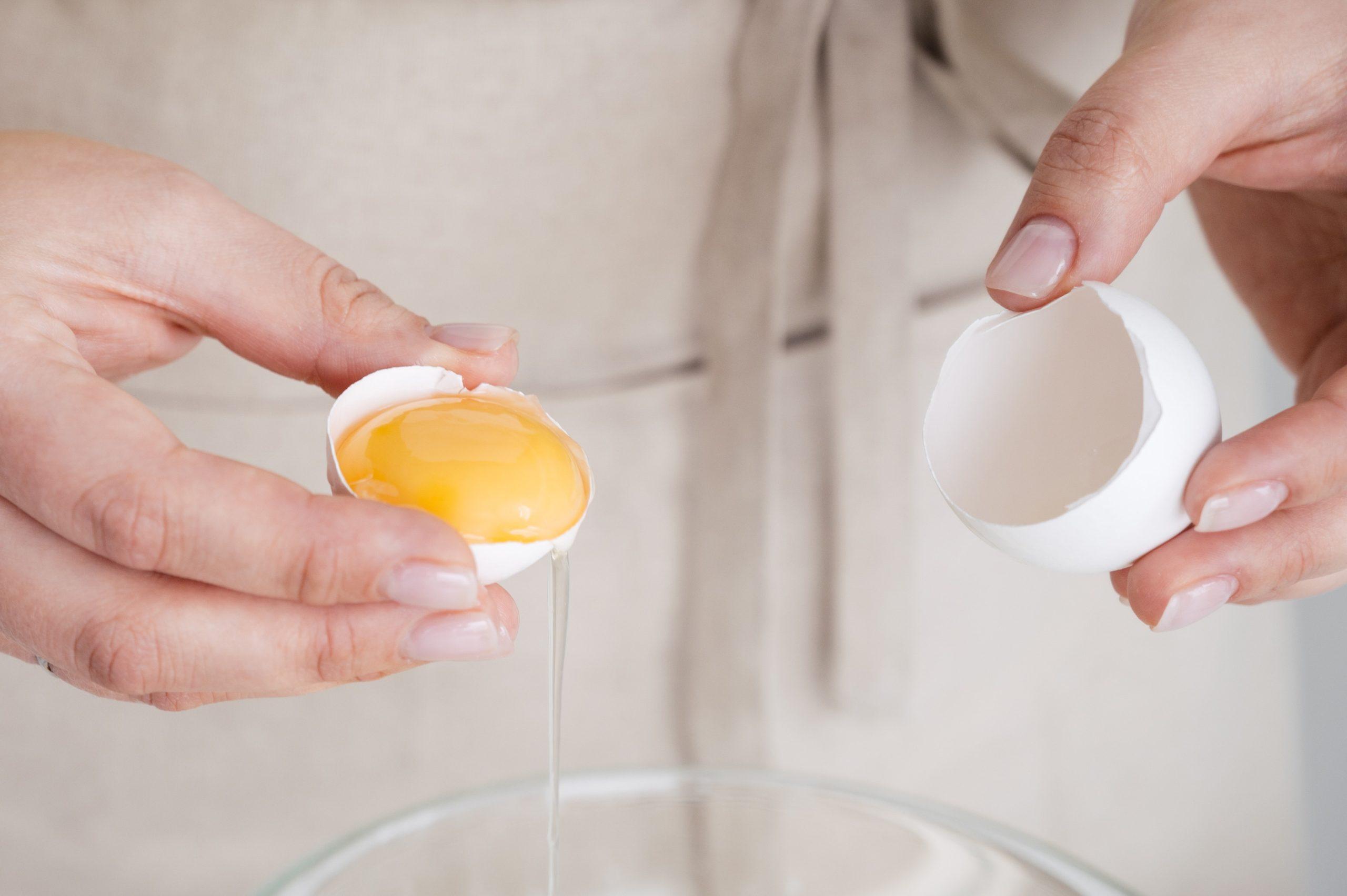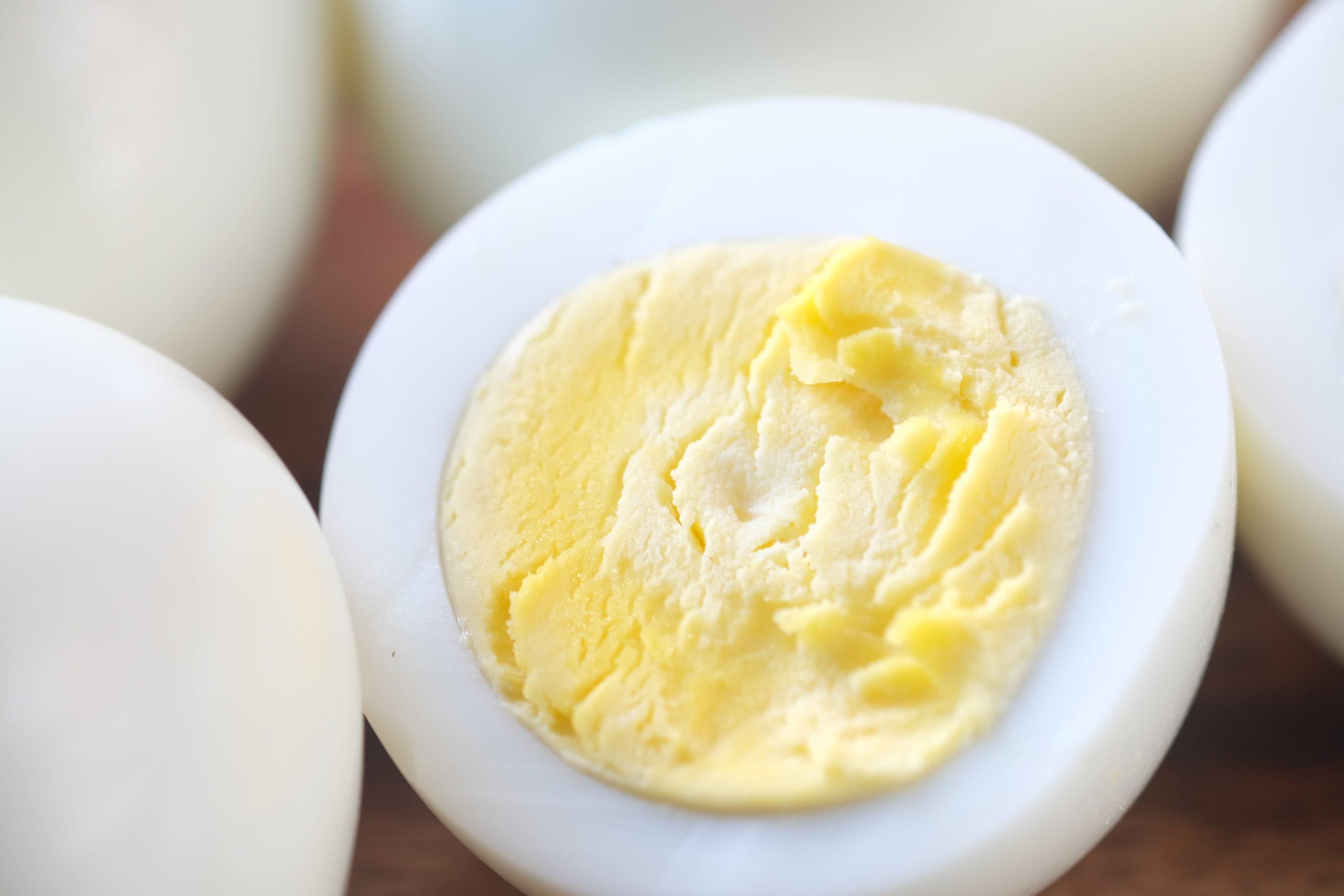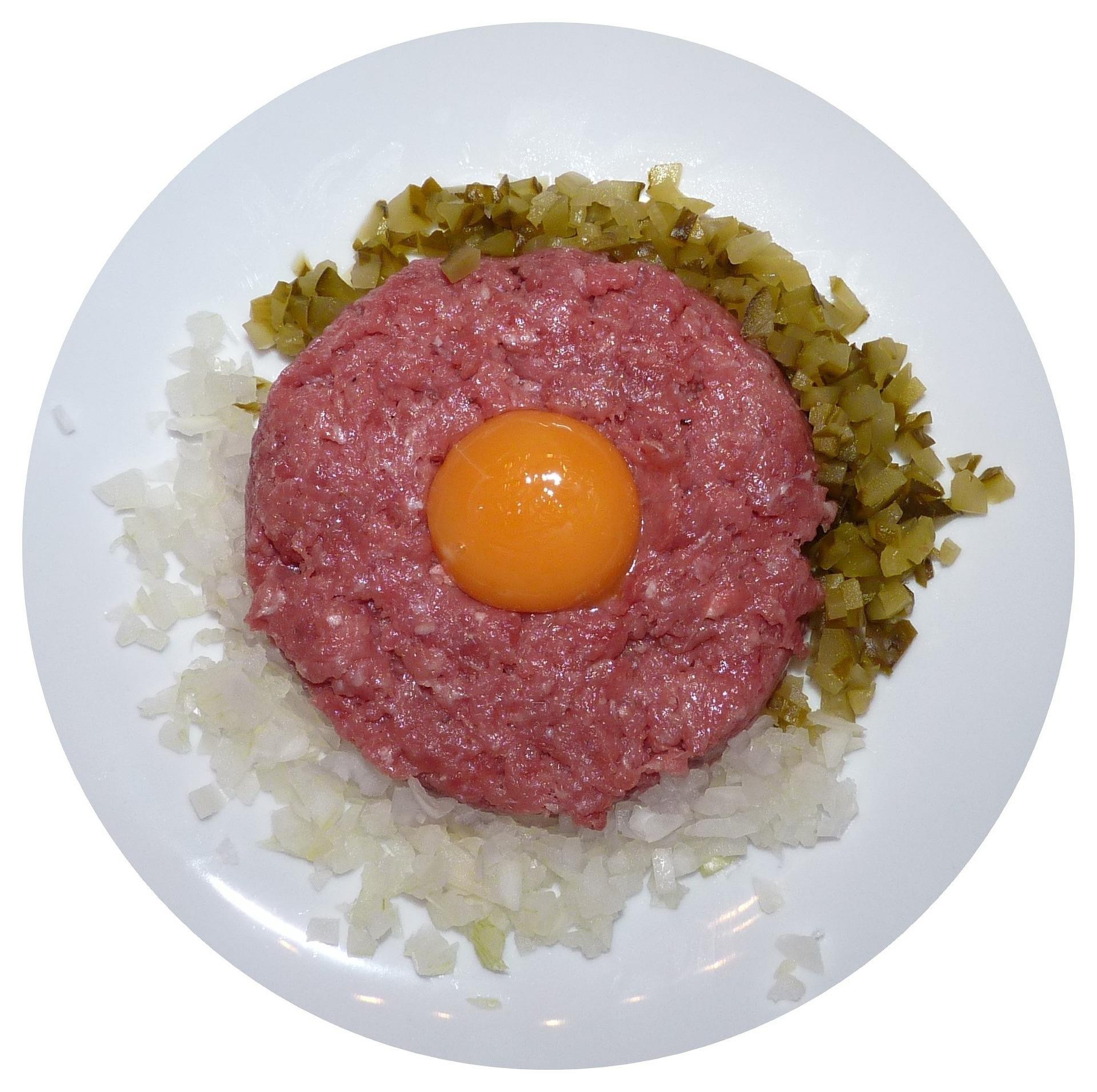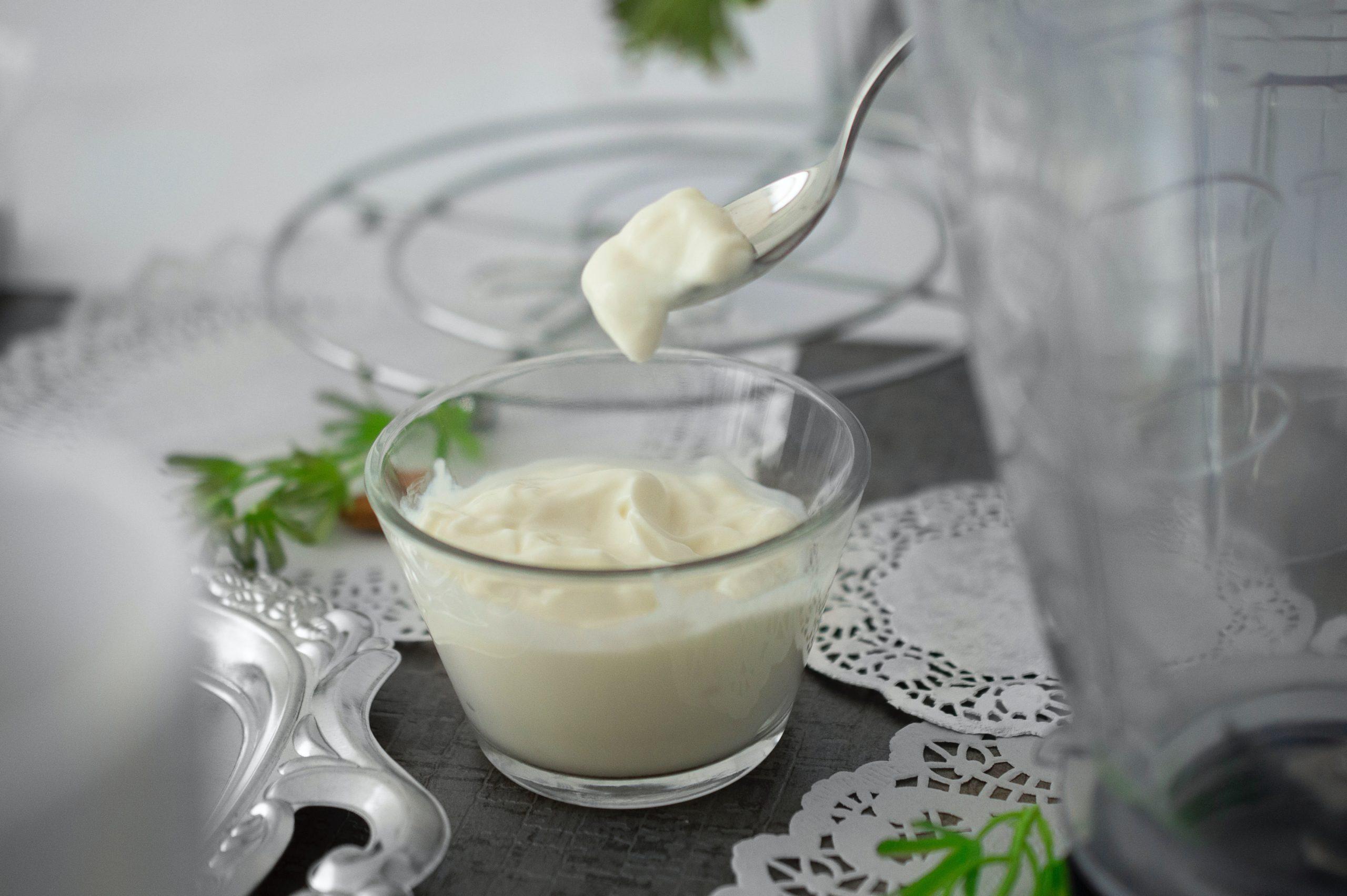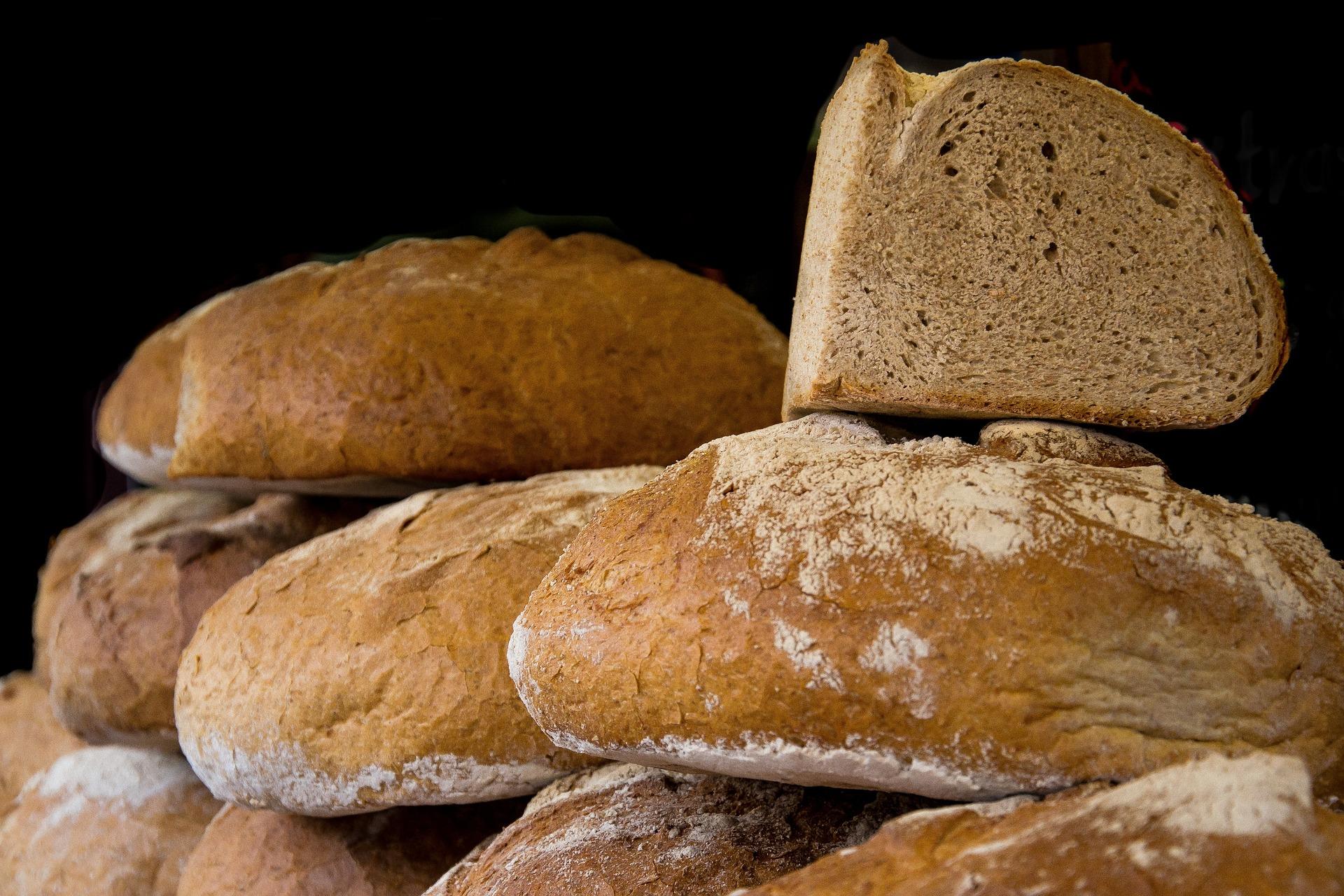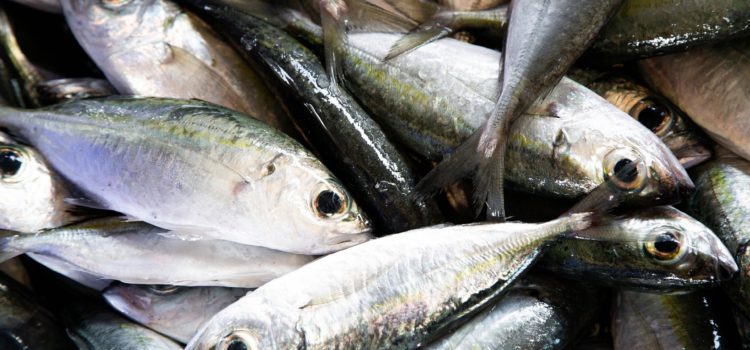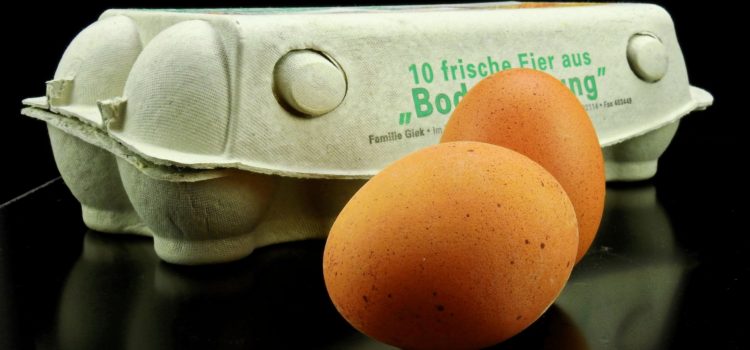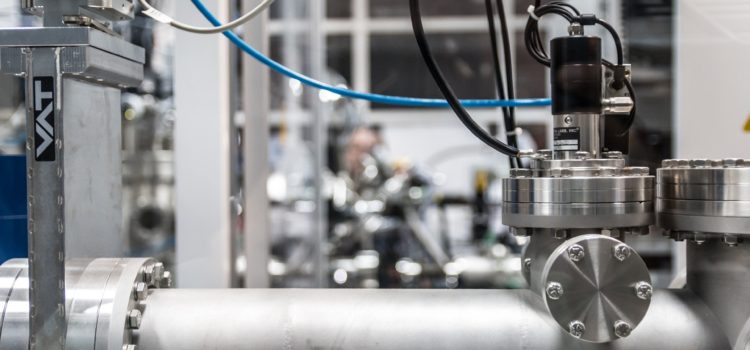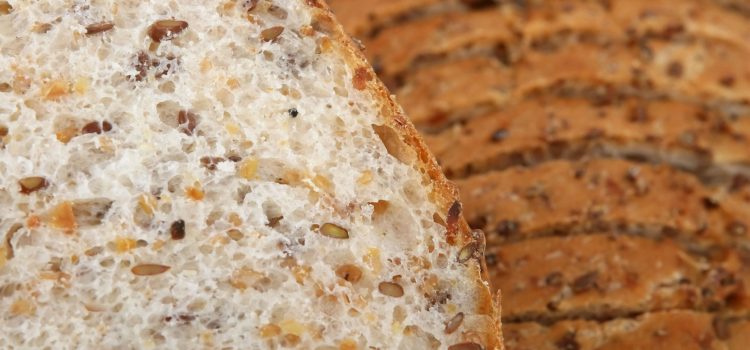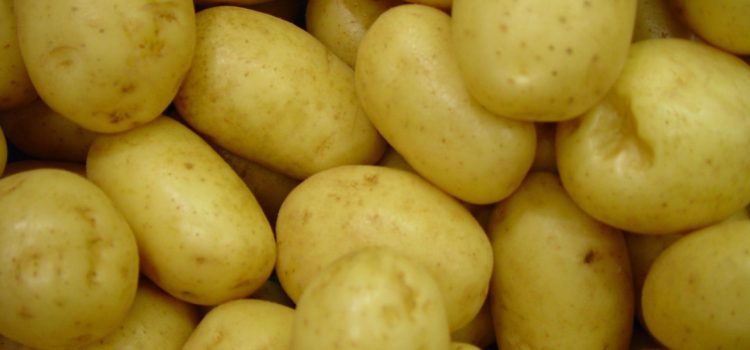Raw liquid egg whites are a popular choice among health-conscious individuals due to their high protein content. But can you eat liquid egg white raw? We’ll explore the safety concerns and provide some tips for incorporating liquid egg whites into your diet.
Can You Eat Liquid Egg White Raw?
